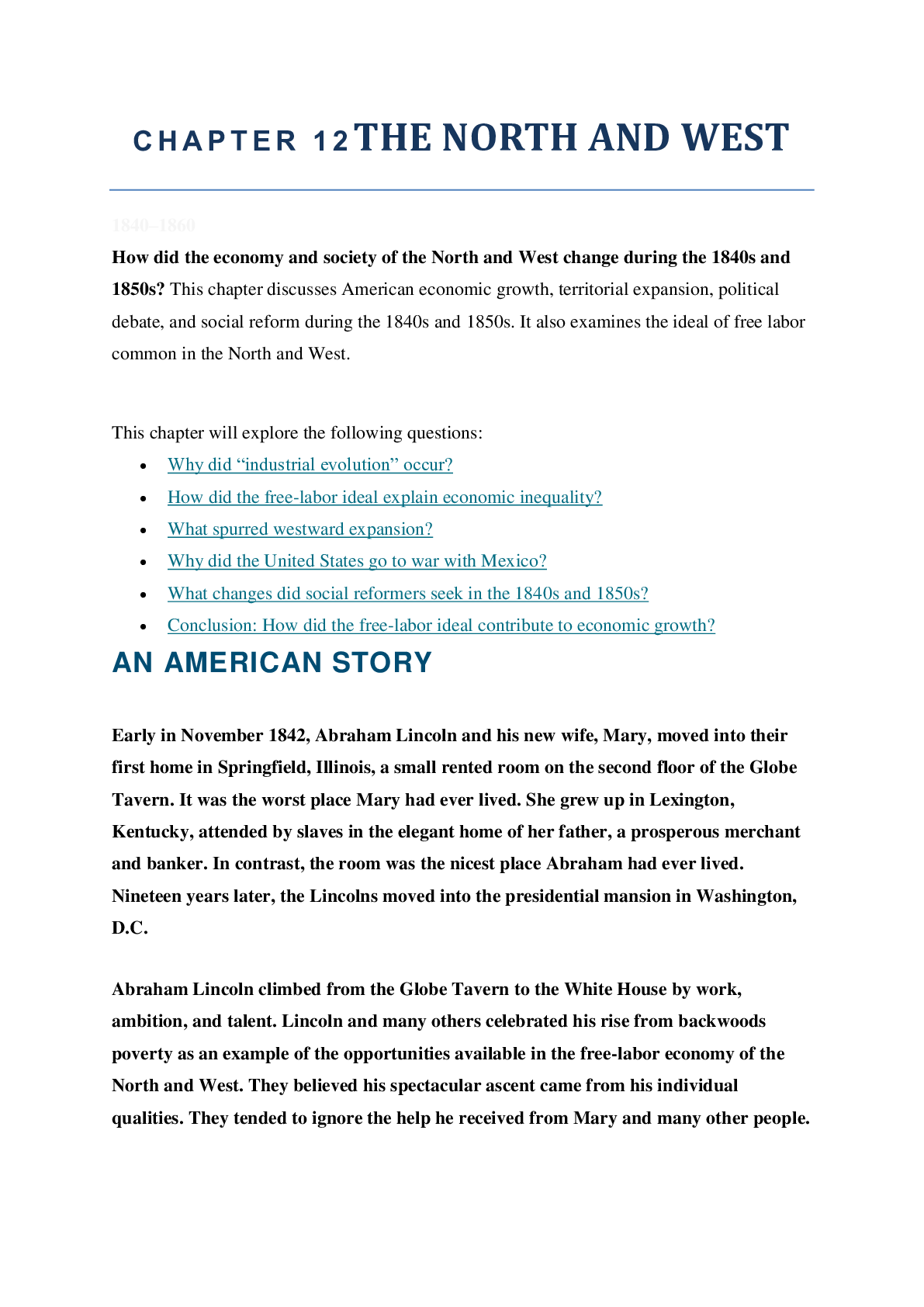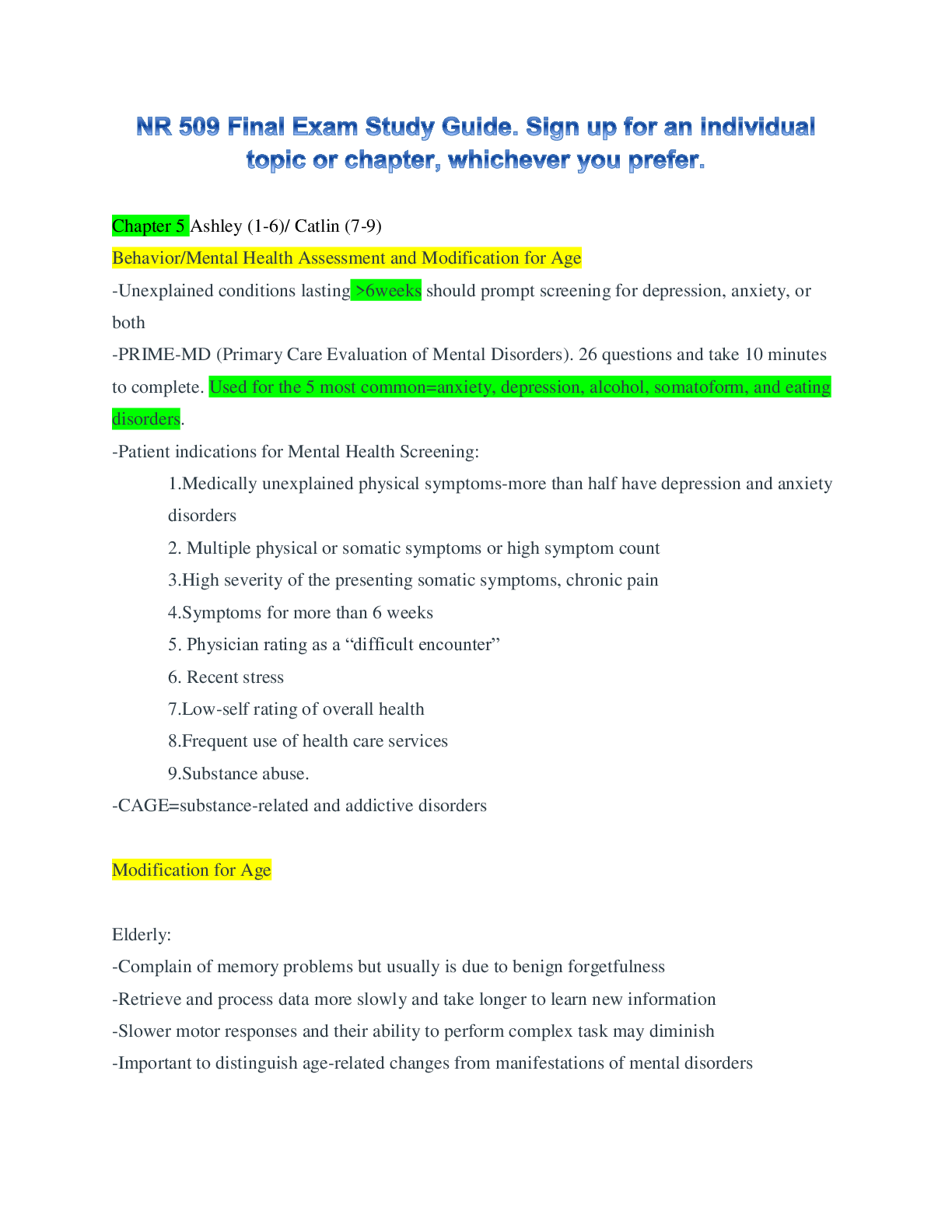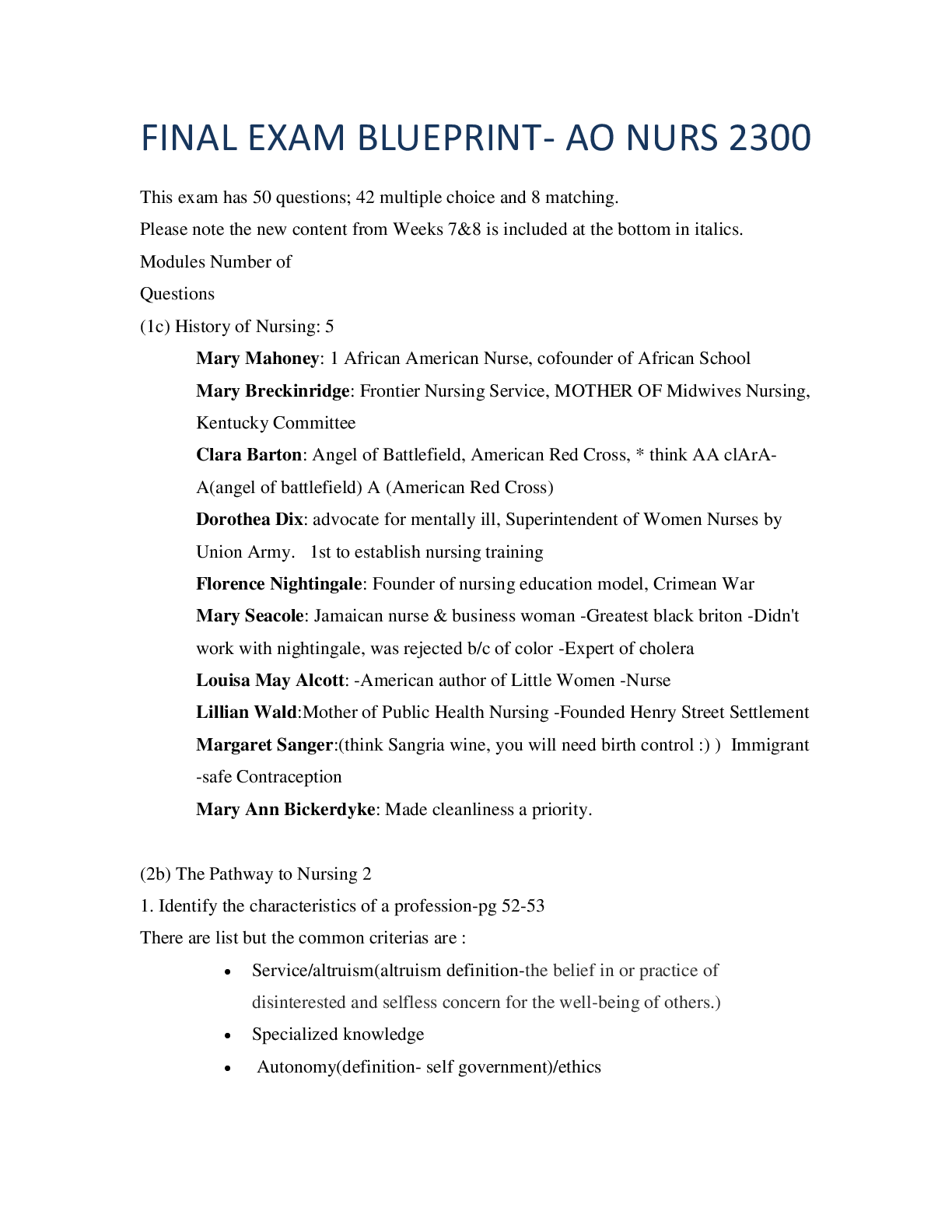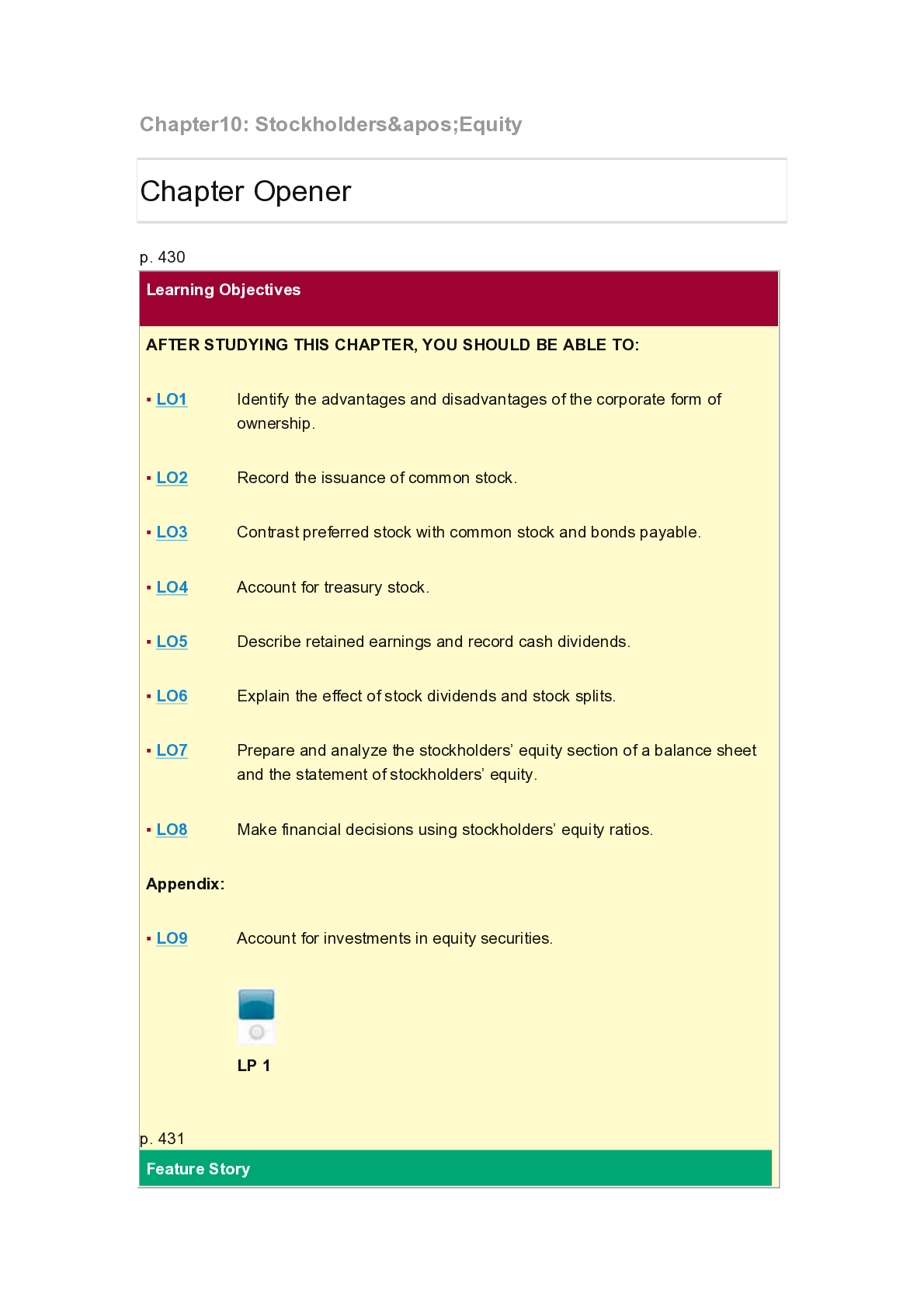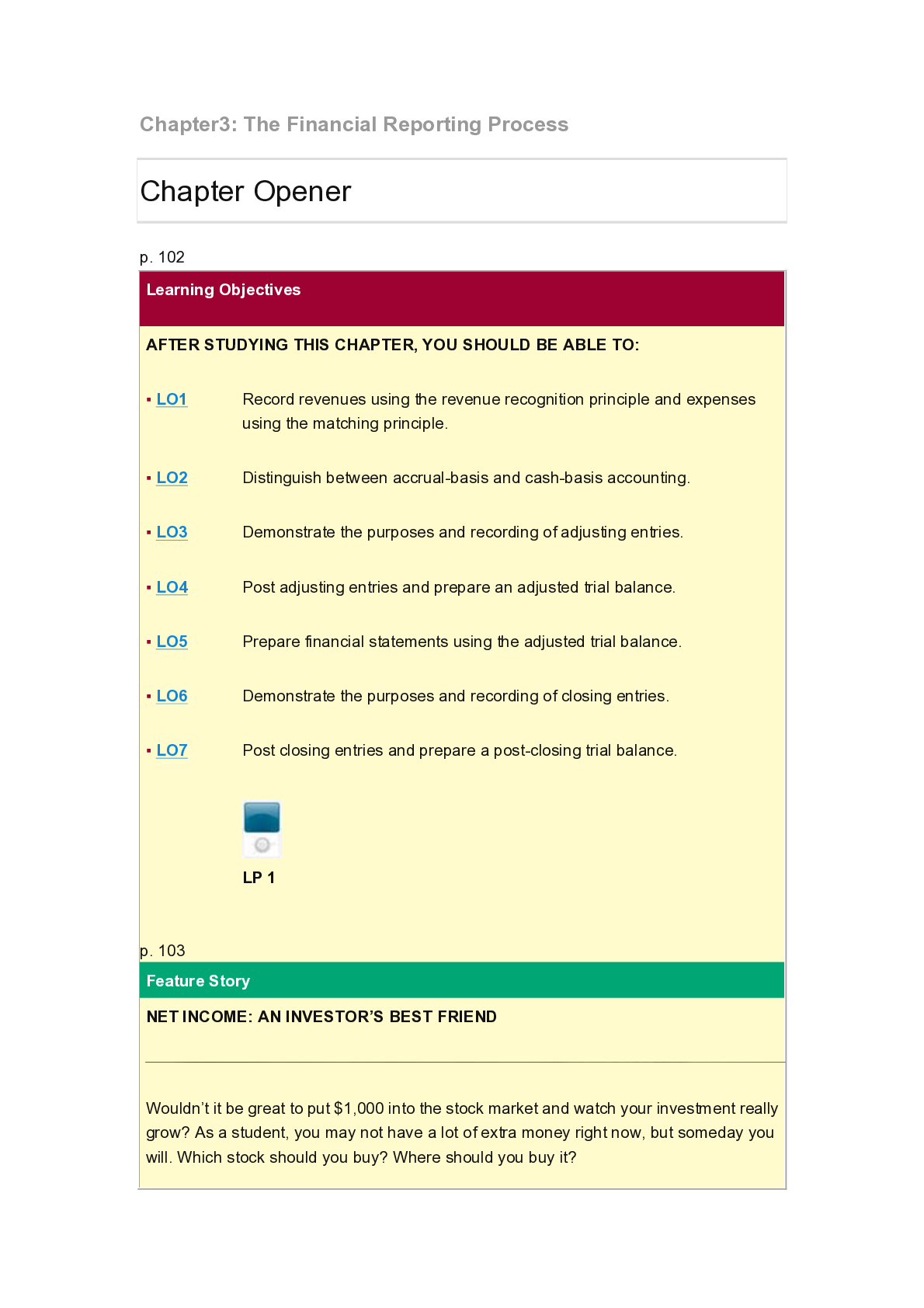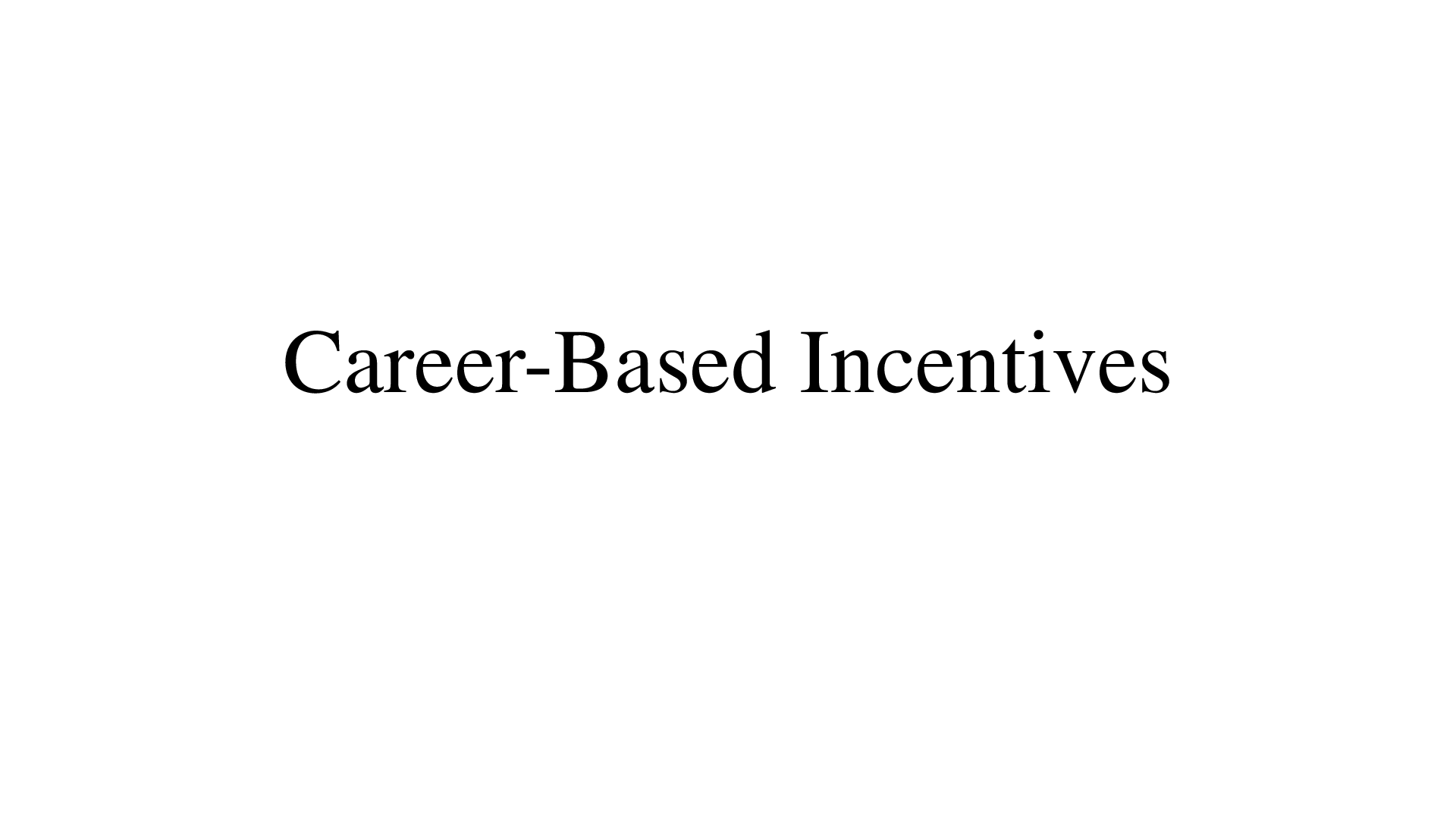Law > Study Notes > LER401: The Law of Labor-Management Relations PREV LIR 401. Complete Study and Class Notes (15 Pages (All)
LER401: The Law of Labor-Management Relations PREV LIR 401. Complete Study and Class Notes (15 Pages)
Document Content and Description Below
Section 8(a)(3) – “How Does GC Prove that Your Firm Fired You for Union Activity?” Text, pp. 477-84 Section 8(a)(3): America’s First Anti-Discrimination Law, and How It Works In th... is handout, we’ll examine such cases in detail, but we ought also to recognize that an employer can also violate 8(a)(3) when it takes positive action to encourage union membership. It might do this when, for example, two unions are attempting to organize the employer’s work force, and one of those unions is known to be militant, while the other is reputed to be more docile. If the employer prefers the weaker union, the employer might, say, promote or otherwise reward employees who join the weaker union. That action to encourage membership in the weaker union would violate 8(a)(3). Question: Does Section 8(a)(3) protect an “applicant” for a job against an employer discriminatorily refusing to hire that person (so as to discourage union membership)? For example, suppose an employer decides not to hire an applicant exactly because of the applicant’s past union activity or membership? Adverse Employment Actions Short of Discharge Question: Does Section 8(a)(3) prohibit a firm from discriminating unlawfully by doing the following things? We are examining here HOW TO PROVE A DISCRIMINATION CASE – that is, one kind of discrimination case, a case of “anti-union 1. Stage One of a Section 8(a)(3) Case (what we often call “the prima facie stage” of the case – prima facie is Latin for “at first look” or “at first sight.”): In Stage One of a Section 8(a)(3) case, the NLRB General Counsel must, by a preponderance of the evidence, prove the following “elements of the case If the NLRB General Counsel fails to prove ANY ONE of the elements of Stage 1 above, the NLRB (Board members, acting as judges) will dismiss the case against the employer (“throw it out”). In other words, if the GC can’t prove ALL four elements of Stage 1, the GC cannot win, and the case is dismissed (over). The employer will walk away entirely free of the alleged ULP. 2. Stage 2 of an 8(a)(3) Case: The Employer’s Turn -- How an Employer Begins To Defend a Section 8(a)(3) Case 3. Stage 3 of a Section 8(a)(3) Case: The “War of Reasons” Some 8(a)(3) violations involve treatment of a union activist that is so inherently destructive of employee rights that the NLRB will, without any actual evidence of the employer’s motivation, infer from the severity of that action that the employer intended to discourage union membership by taking such action. (see p. 483). Finally, there is one noteworthy and famous NLRB case from the Supreme Court called Textile Workers v. Darlington Manufacturing Co. It’s not required reading, but it’s in our text at pp. 490-96. In that case, a parent company had 17 textile mills in various subsidiaries. [Show More]
Last updated: 2 years ago
Preview 1 out of 15 pages

Buy this document to get the full access instantly
Instant Download Access after purchase
Buy NowInstant download
We Accept:

Reviews( 0 )
$5.00
Can't find what you want? Try our AI powered Search
Document information
Connected school, study & course
About the document
Uploaded On
Mar 28, 2020
Number of pages
15
Written in
Additional information
This document has been written for:
Uploaded
Mar 28, 2020
Downloads
0
Views
136

